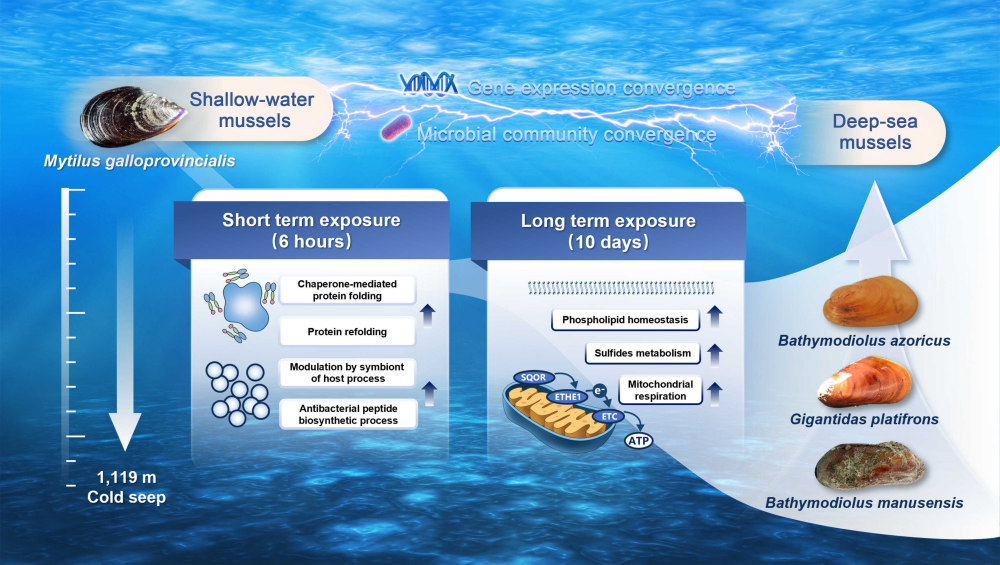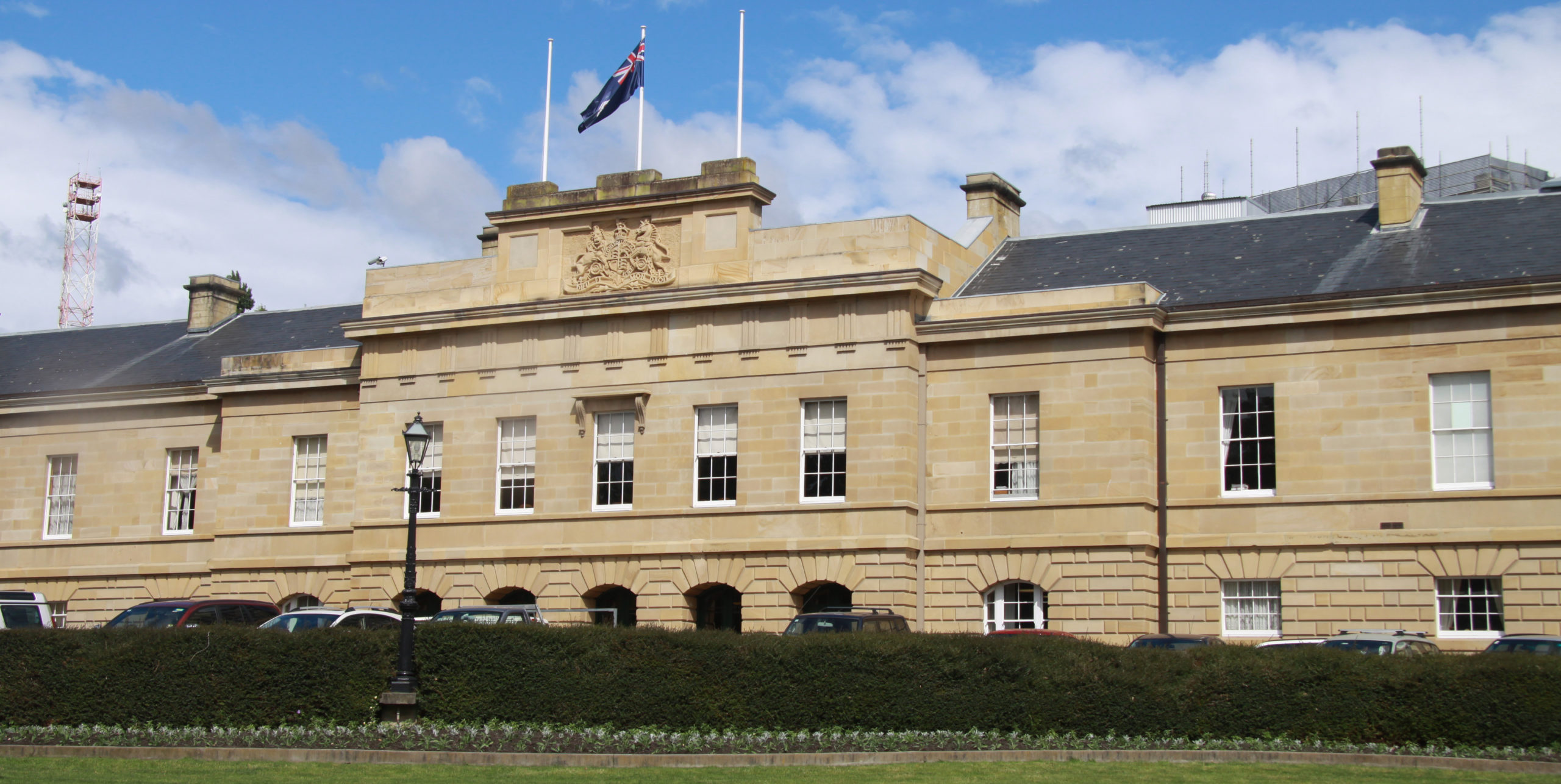Researchers Discover Mechanism of Gas Adsorption in Platinum-Gold Structures

Researchers have investigated gas adsorption in a platinum-gold structure, highlighting the crucial role of nanoscale voids in material engineering for sensors and gas separation.
Tokyo, Japan - Researchers from Tokyo Metropolitan University have elucidated how hydrogen and carbon monoxide is adsorbed into solids containing a crown-motif structure of platinum and gold. Using quick-scan X-ray absorption measurements and theoretical calculations, they studied a solid of [PtAu8(PPh3)8]-H[PMo12O40] called PtAu8-PMo12 and found that gas adsorption is affected strongly by the dimension of nanoscale voids in the structure. This highlights the importance of engineering voids in materials for next generation sensors and gas separation.
Ligand-protected metal clusters have been a source of great interest for chemists in the development of cutting-edge materials. Clusters of metal atoms surrounded by chemical groups (ligands) take geometries which are fundamentally different from the metals in bulk, adopting distinctive properties which make them especially useful for catalysts. One promising application is the use of platinum containing clusters in accelerating the production of hydrogen, the "hydrogen evolution reaction (HER)". This has made the study of gas transport in metal cluster containing solids a particularly important topic of research.
A team of researchers led by Professor Seiji Yamazoe of Tokyo Metropolitan University have been studying a particular structure consisting of a platinum atom surrounded by eight gold atoms, a so-called "crown-motif" for how the platinum sits on top of a ring of gold atoms. The crown was protected by phosphine ligands, and the entire structure incorporated into a crystal structure. The objective was to elucidate how such a solid, rich in platinum atoms which can bind gas molecules, can interact with introduced gases.
The team looked at hydrogen and carbon monoxide and the solid PtAu8-PMo12, using quick-scan X-ray absorption measurements at 0.1 second intervals to trace how the microscopic structure of the solid changed as gases were introduced. Both gases were found to successfully bind to the platinum atom, drastically changing the surrounding atomic structure as well as the electronic state of the platinum atom. Hydrogen was found to adsorb significantly faster than carbon monoxide, and in a reversible manner. Through observations and theoretical calculations, it was found that this was largely due to the smaller size of the hydrogen molecules. PtAu8-PMo12 consists of voids connected by ultrathin channels; thanks to the size of the hydrogen molecule, it was able to diffuse faster through these channels.
While hydrogen was faster, it was found that carbon monoxide was bound irreversibly to platinum atoms. The interaction was strong enough and the voids narrow enough that this led to a distortion of the surrounding structure, creating a "chalice-motif." This investigation was part of a larger initiative to understand and enable structural reprogramming of chemical compounds. Through this work, the team have highlighted the importance of elucidating diffusion in voids as a key part of understanding structural change and gas transport in solids.
This work was supported by a NEDO Project (JPNP14004), JSPS KAKENHI Grant Numbers 22K14543, 24K01259, 24K17562, 24H02210, 24H02211, and 24H02217, a Tokyo Metropolitan Government Advanced Research Grant (R3-1), Tokyo Human Resources Fund for City Diplomacy, and the Tokyo Metropolitan University Research Fund for Young Scientists. Synchrotron radiation experiments were performed in SPring-8 under the approval of the Japan Synchrotron Radiation Research Institute (JASRI) (202407, 2023A1326, 2022B1259, and 2021B1380).


















